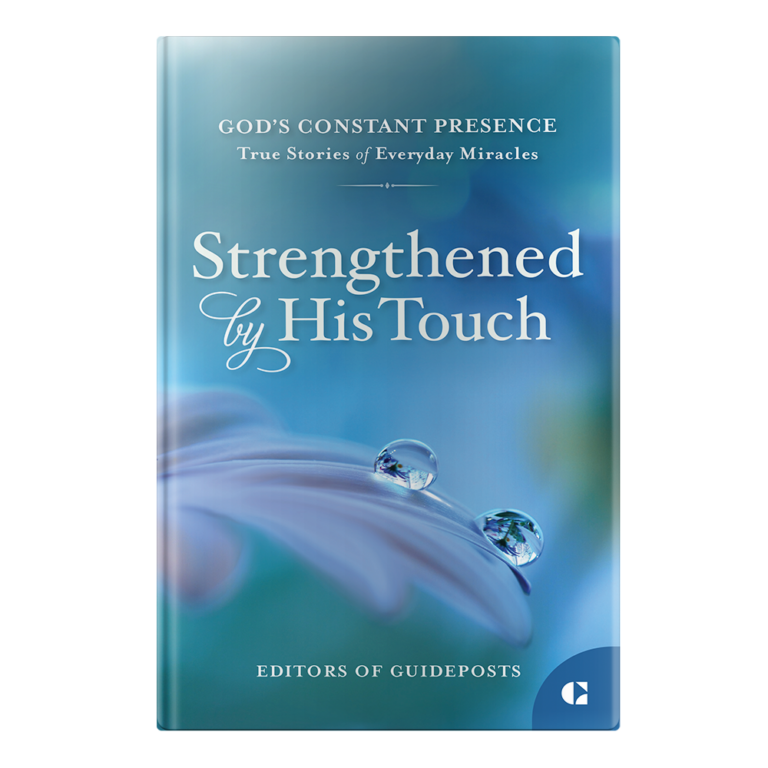Many people begin a new year with hope and determination. This year will be different. Exercise more. Lose weight. Stop smoking. Win the lottery.
Many spiritually-minded people take a similar approach. This year, we resolve, I will pray more. And often we do, at least in January. But New Year’s resolutions tend to dissolve. Life gets in the way. Old habits return. And before long, we are stuck in the same old ruts.
But perhaps it’s not so much determination as direction that we need. Maybe if we experiment a little and try a new track or two, we might find something that works better. If not, we can simply try something else. So, let me suggest several possible new directions to take in prayer. If they work for you, great. If not, try something else. But see if one or more of these might take you somewhere new in prayer:
1) Spontaneous Prayer
My mother, who died when I was 14, was occasionally called upon to pray publicly in church or at a special event of some kind. Though many of my childhood memories have faded, I remember her surprise when people would approach her and ask for a copy of her beautiful prayer. She hadn’t read her prayer; it had simply been the spontaneous outpouring of her heart and mind. If your prayer practice in the past has been rote, try to break the routine and set yourself free to pray spontaneously—perhaps by praying on walks, or as you ride the bus or train, or wash the dishes. Try praying “stream-of-consciousness” prayers, in which you think out loud in God’s direction. You might discover a new energy in purposely pursuing spontaneity in prayer.
2) Liturgical Prayer
This is the flip side of the last suggestion. You may always have prayed spontaneously. It may be the only you know how to pray. But, like their Jewish forebears, Christians have prayed set prayers for hundreds of years (and you probably have, too, if you’ve prayed The Lord’s Prayer). So try picking up a book of prayers, such as The Book of Common Prayer, The Divine Hours by Phyllis Tickle, or Venite by Robert Benson. Or use an online resource (just Google “liturgical prayer”). If you’re not accustomed to this way of praying, it may take time to feel comfortable, but you may find this new direction as helpful and rewarding as Martin Luther and Thomas More once did.
3) Fixed Hour Prayer
The ancient psalmist sang, “Seven times a day I praise you” (Psalm 119:164, NIV), he referred to praying at specific times every day. Christians have long emulated this practice, and though it has been practiced mostly by Orthodox, Roman Catholic, and Anglican believers, many other followers of Jesus have experienced great blessing in praying at specific times—whether seven times each day as many monastic orders do, or three times daily (morning, noon, evening) as another psalmist did (Psalm 55:17). You don’t even have to follow a prescribed liturgy (though many do) or pray for a certain length of time; just set your watch or smart phone for the times that work for you.
4) A New Prayer Posture
The second episode of Season 2 of the hit Netflix series, The Crown, pictured Queen Elizabeth II (portrayed by Claire Foy) kneeling at her bedside to pray. It was a blast from the past for me; I used to do that, too, but stopped long ago. So I thought I’d awaken (get it?) that prayer posture for a time. A different posture—whether it’s kneeling, standing, pacing, sitting or even lying prostrate—can take you somewhere new and even unexpected in prayer.
5) Prayers of Presence
If your usual prayer habit is one of lists and tasks, you may find new blessing in the opposite direction. Instead of approaching God like a child taking his gift list to Santa, try prayers of presence instead. A “presence prayer” is similar to a student saying “Present!” or a soldier showing up for roll call. It is a prayer that asks nothing but hopes much. It is a way to show up, to be “present” with God, and to experience His presence with you. Presence prayers are simple and short—sometimes completely silent. You may say nothing, in fact. You may simply bow, stand, sit or kneel for a period, taking time just to be there with God, and know that He is there with you.
6) Writing Your Prayers
You don’t have to be a writer to write your prayers. You don’t have to say anything profound or memorable. But taking a pen in hand (or tapping on a keyboard) can be a great way to focus your thoughts and express your feelings in a new and effective way. It may not be something you do for more than a week or a month, but it may also turn out to be a practice you keep or return to often.
Those six ideas are nothing original or particularly creative, but at various times in my journey with God, I have found them to be helpful, taking me in new directions and opening new vistas to me. I hope one or two of them do something similar for you.






